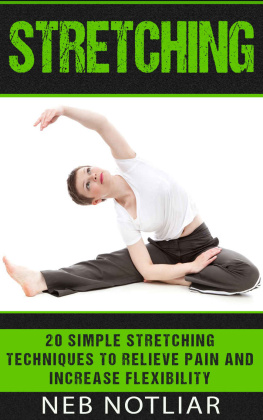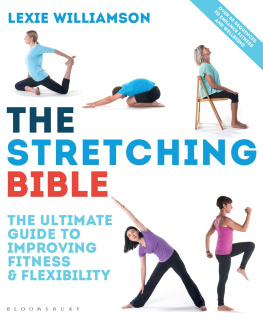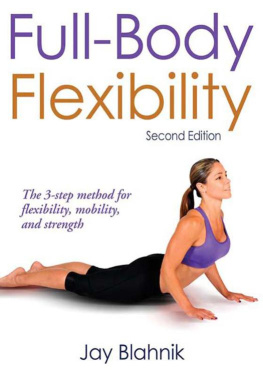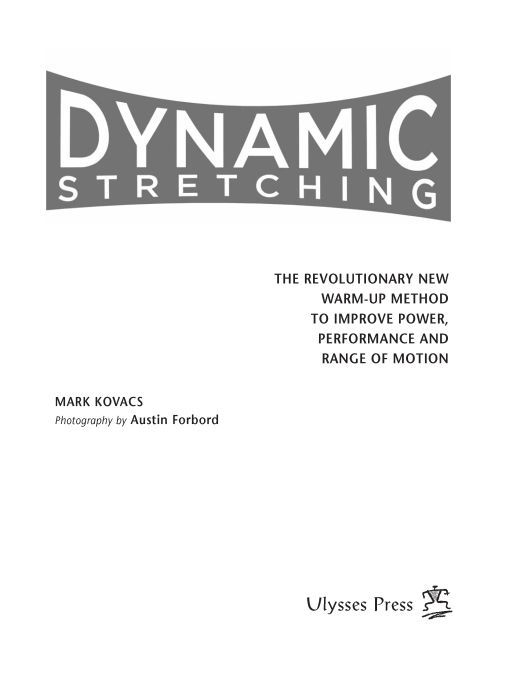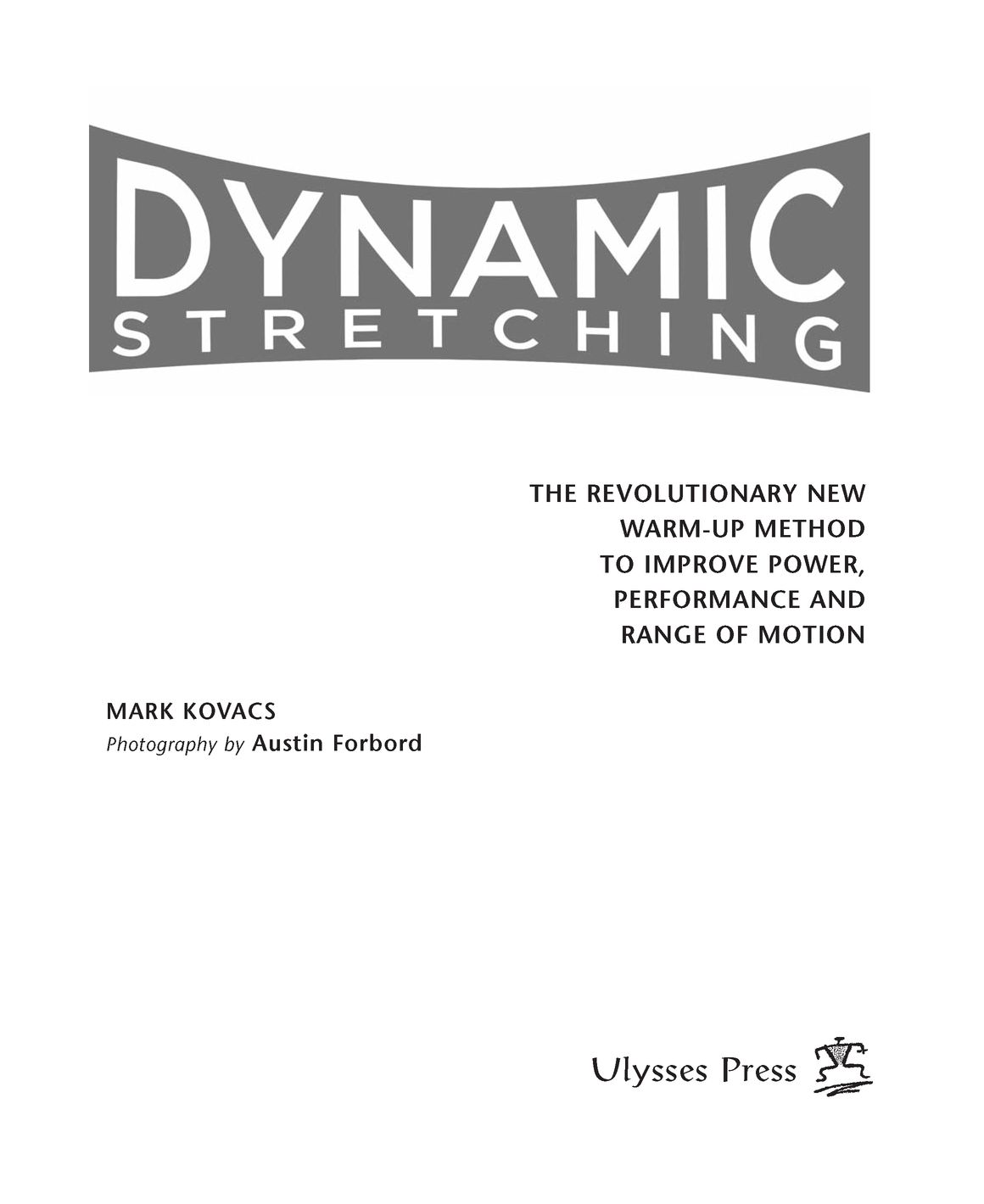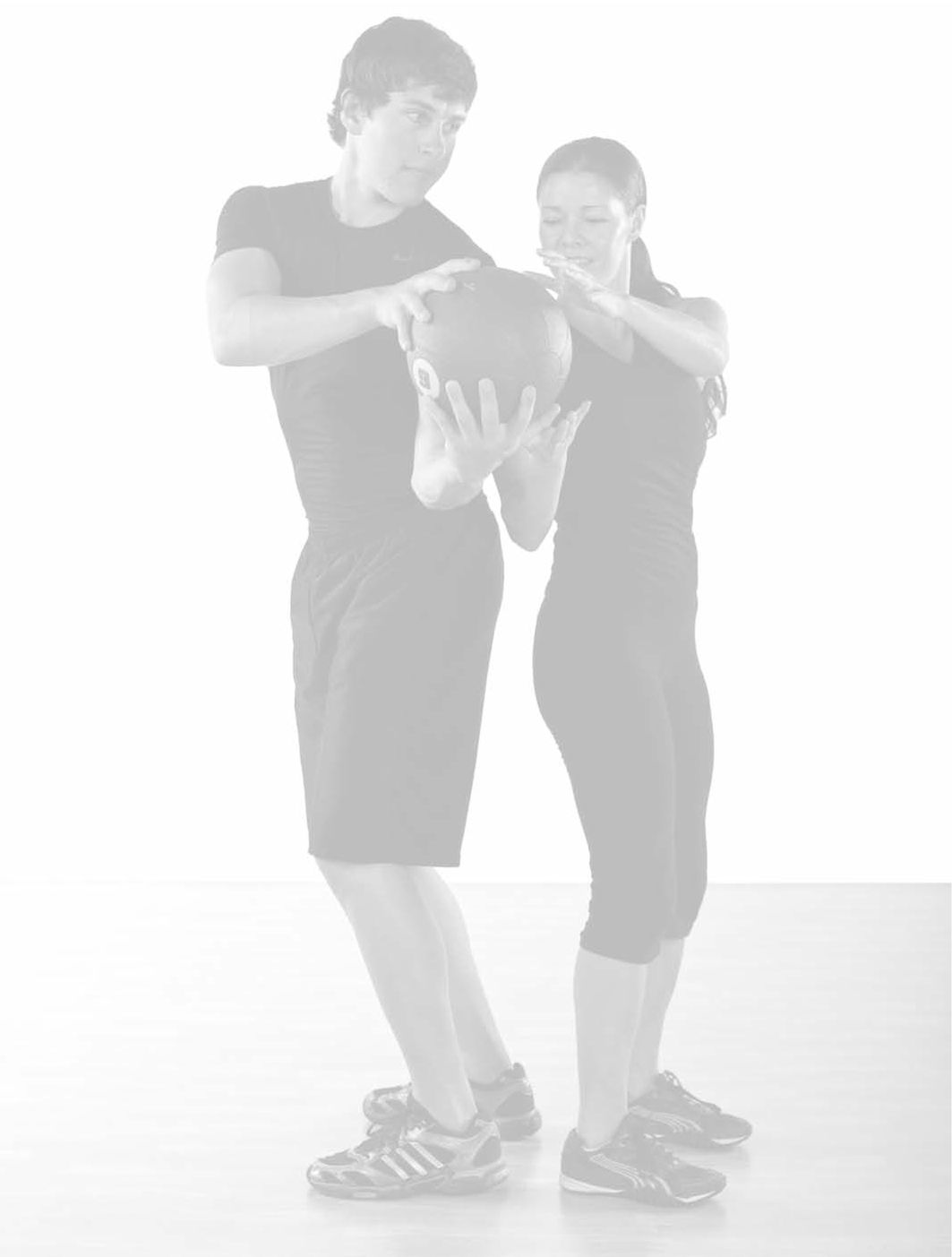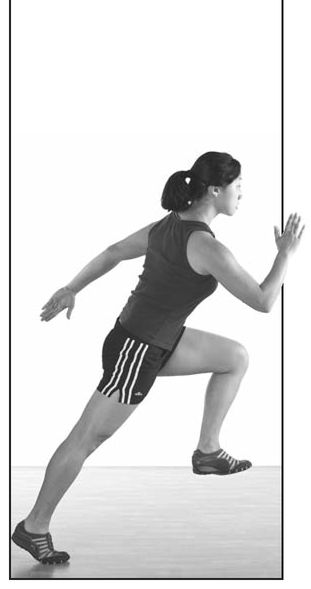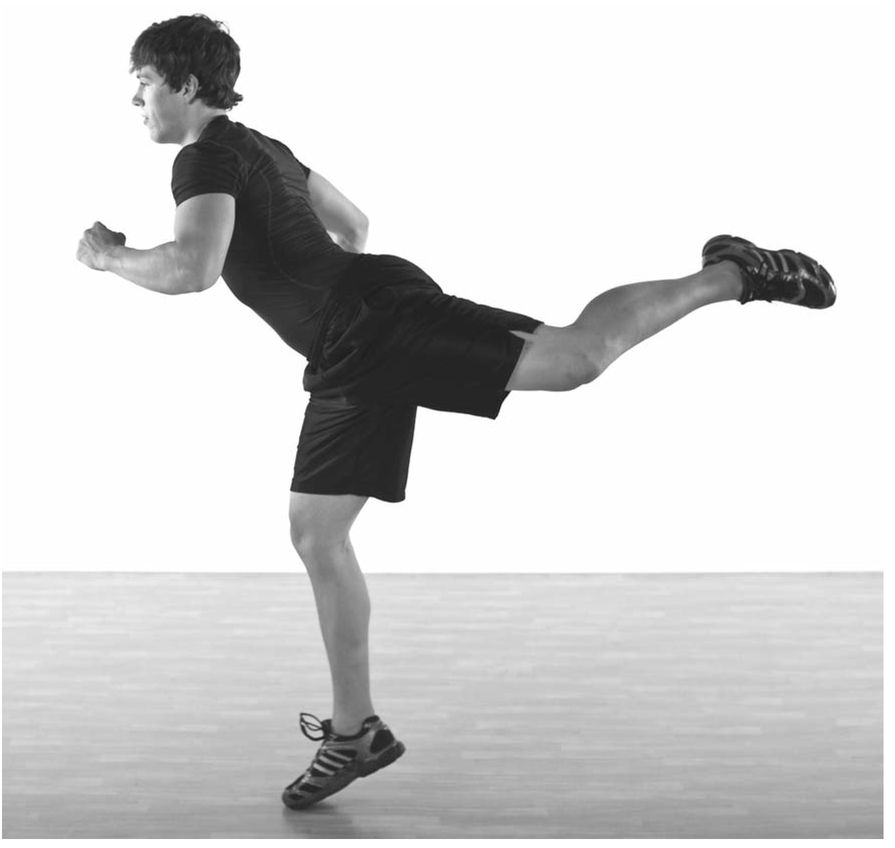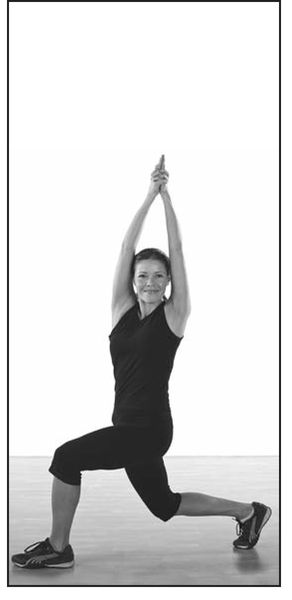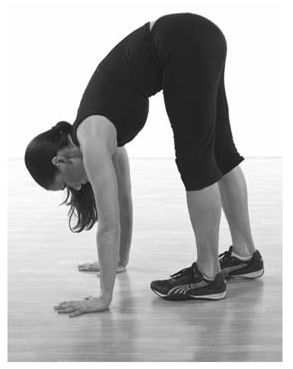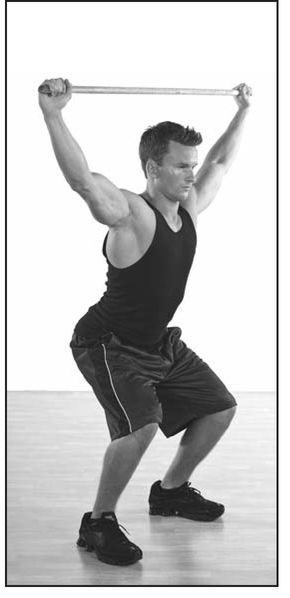Table of Contents
part 1: getting started
introduction
It is exercise alone that supports the spirits, and keeps the mind in vigor.
Marcus Tullius Cicero
Sweat pours down your face. Your heart pumps out of your chest. The crowd chants an indistinct roar. Everything youve trained for your entire life comes down to less than 10 seconds. After what seems like a lifetime, the gun reverberates and the sprinters are off for the race of their livesthe 100-meter sprint in the Olympics.
You look over at the sprinter next to you and wonder if he has trained as hard as you, if his blood, sweat and tears have left stains in his T-shirts the way yours have. Stains not even bleach can fully remove.
Feet pounding on the track, the runners fly by in a blur of motion. Less than 10 seconds later, its all over. You cross the finish line fifth while the guy next to you crosses first, and you wonder what couldve made the quarter of a second difference in being on top of the world and finishing out of the medals.
One reason couldve been the way you both warmed up before races: dynamic versus static stretching.
From elementary school up through the professional ranks, and even for senior athletes, the virtue of stretching has been espoused by coaches, parents, sport scientists and medical professionals. The major question is what type of stretching is best. When most people think stretching, the first image people get is someone bending and touching his or her toes, and holding this position for 15-30 seconds.
This stretch-and-hold variety is known as static stretching. There is great value in this traditional stretching technique, as it is relatively safe and has been shown to improve range of motion about the joint(s) being stretched. Good flexibility in all parts of the body is vital for effective sports performance, reducing the likelihood of many types of injuries and also improving the health and functionality of everyday activities. However, like all good things in life, there is an optimum time and place to perform this type of stretching, and the greatest benefits are seen when static stretching is performed after activity.
Over the last decade, researchers, coaches and medical professionals have found that there are more optimum methods to warm up for physical activity, and that the traditional static stretching routine before sports should be replaced with a more dynamic activity that can also provide a number of other benefits to the athletes. Dynamic warmups and dynamic stretches are the terms used throughout the book to describe exercises and movement patterns that are great to perform before physical activity and can help improve performance and reduce the likelihood of injury in both the short and long term.
what is dynamic stretching?
Over the last decade, a lot of information and misinformation has been disseminated through the media, coaches, trainers, athletes and parents about the positives and negatives of stretching.
Much of this information is very good, practical and useful, yet stretching is still an area of training that is not that well understood compared to the other major areas of athletic performance, such as speed, endurance or strength training.
Part of the difficulty with the information that is available on stretching is the inconsistent use of terminology and the fact that many coaches and trainers use different words to describe the same types of stretching. This terminology will be explained in more detail in the next section.
The best way to think of the difference between dynamic stretching activities versus traditional static stretching activities is that in the dynamic movements, once the muscle is lengthened, a contraction occurs and the muscles, joints, tendons and ligaments have to provide force in this stretched position, creating greater functional ability in these extended ranges of motion. Some good examples are the walking lunge with rotation and the hamstring handwalk. Both of these exercises require a combination of strength and flexibility, and are a perfect way to increase strength, flexibility, balance and coordination while also warming up before a sport or specific physical activity. The use of dynamic activities during the warm-up period provides greater bang for your buck, with more benefits than that of a static routine.
understanding the terms
As mentioned earlier, the biggest difficulty regarding flexibility is the inconsistency with terms. Lets define some of the major terms that will be used throughout this book. This section provides an easy-to-understand reference based on the most commonly accepted principles.
Warm-Up
An effective warm-up will increase muscle temperature and the bodys core temperature, and improve blood flow through the entire system.
A warm-up period is important before any athletic event or performance. There should be multiple goals for the warm-up, including preparing the athlete both physically and mentally for the physical activity and/or competition ahead. Successful warm-ups should provide the following positive results as outlined in the
National Strength and Conditioning Associations Essentials of Strength Training and Conditioning :
Faster muscle contraction and relaxation of both agonist (contracting) and antagonist (relaxing) muscles
Improvement in the rate of force development and reaction time
Improvement in muscle strength and power
Lower resistance in the muscles
Improved oxygen delivery via an increase in temperature
Increased blood flow to active muscles
Enhanced metabolic reactions that result in greater fuel utilization.
Range of Motion
Range of motion is the degree of movement that occurs at a joint. For athletes, its important to have functional or sport-specific range of motion in the plane of motion, and movement patterns that the athlete uses during practice or competition.
Flexibility
Flexibility is the measure of range of motion and has both static and dynamic components. Static flexibility is the range of movement about a joint and its surrounding muscles, ligaments and connective tissue during a passive movement.


